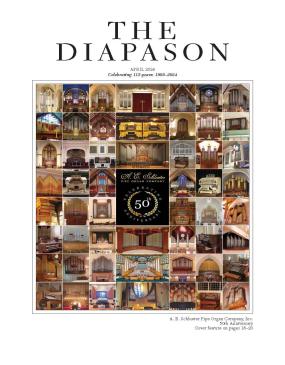
American carillon art as seen from one Dutchman's perspective
Dutch carillonneur Arie Abbenes is municipal carillonneur of Utrecht, The Netherlands. He is quite familiar with American carillon culture. Abbenes played the dedicatory recital on the Metz Memorial Carillon at Indiana University in 1976, served there briefly as University Carillonneur before returning to his homeland, and has concertized frequently in the USA ever since. He is also an instructor at the Dutch Carillon School in Amersfoort. Here follows his viewpoint on American and Dutch carillon art as presented in lectures and summarized in "Klok en Klepel."
The origins of American carillon art lie in Flanders where American
visitors became so enchanted with the instrument that they promoted it
enthusiastically at home. During the early 20th century, the bells for America
came from England since, at that point, only British founders were proficient
in carillon building. Thanks to a strong economy and the patronage of John D.
Rockefeller, Jr., the carillon art grew quickly in America and the instrument
took on grander dimensions. Concurrently, Jef Denyn brought about a renaissance
of the carillon in Flanders which had a strong influence both in The
Netherlands and in America. Ties between Flanders and the American carillon
pioneers remained strong until the Second World War.
Notable differences exist between carillon art in The
Netherlands and in America. Observations here compare the instruments, followed
by the music, and finally the players.
Instruments
English bell founders tended to produce instruments with
heavier playing action which has led to a more tranquil style of playing in the
USA. Dutch instruments retained their light action, limited range, often
missing the C# and D# in the bass octave, and the majority of instruments have
a bourdon lighter than G1. Heavy instruments are common in America, often with
a larger compass and fully chromatic series, sometimes beginning below low C.
American carillons are tuned in equal temperament, whereas 30% of Dutch
instruments are in meantone. Dutch towers tend to be higher, surrounded by city
buildings, whereas American towers are more often in parklike settings. Most Dutch
carillons were made in The Netherlands, often include historic bells, and are
owned by the city. American carillons consist of English, Dutch, or French
bells and are owned by churches, universities, or parks. In keeping with Dutch
tradition, as little money as possible is spent on the playing consoles which
are often out of commission after 20 years. In contrast, many American playing
consoles are still going strong after 50 years. American benches are usually
much more comfortable than their Dutch counterparts. This difference has
contributed to a contrast in playing styles. In general, Dutch players are more
active, and Americans are more passive. Dutch carillons often offer poor
listening conditions and awful weather; Americans are more fortunate in these
regards. Most Dutch carillons have an automatic playing mechanism which is
rarely present and rarely desired in America.
Carillon music
In The Netherlands, the carillon is often played in a
virtuosic manner. Calm and temperate are keywords in the American approach. In
Dutch music, more attention is given to the musical line whereas American music
demonstrates a keen awareness of the harmonic accords. One perceives a fear of
the major third in much American music. Dutch music and arrangements are playable
on a four-octave carillon whereas the best American music requires the extended
bass range. Little Dutch carillon music is of a religious nature; church music
is plentiful in the American repertory. American music is dependent on equal
temperament, while much contemporary Dutch music can be played on meantone
instruments. Most Dutch carillon compositions are written by professional
composers while American compositions are often written by carillonneurs. On
the other hand, most Dutch carillonneurs make their own transcriptions and
arrangements while Americans rely more on others who are known for their
arrangements. The excellent resources of GCNA (Guild of Carillonneurs in North
America) music publications and American Carillon Music Editions (ACME) have
contributed to making many Americans somewhat lazy in this regard. Dutch
carillonneurs improvise on a regular basis—a rare practice for Americans.
Carillonneurs
Despite the great distance between carillons in America and
the resulting isolation that many carillonneurs experience, American colleagues
make a point of meeting to exchange ideas and experiences and to hear each
other play at annual congresses. Even though Dutch carillonneurs are virtually
neighbors, they tend to go about their work independently. All professional
carillonneurs in The Netherlands have had professional training. Some American
carillonneurs have a carillon diploma. Churches attract many amateurs. Dutch
carillonneurs perform primarily during the weekly open air market whereas Americans
usually give dedicated recitals. Most Dutch carillonneurs are men while both
men and women are equally represented in American towers.

